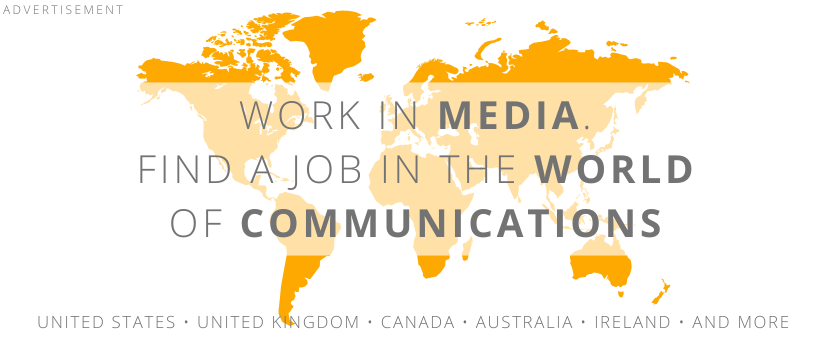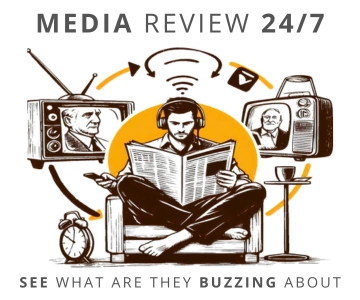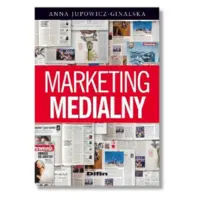![Mowa nienawiści jest zaraźliwa [OPINIA EKSPERTA] Mowa nienawiści jest zaraźliwa [OPINIA EKSPERTA]](/gfx/charts/mowa-nienawisci-jest-zarazliwa-opinia-eksperta.webp) ilustracja: bing.com/create
ilustracja: bing.com/createIn its report Granice nienawiści (`The Borders of Hate`), the Helsinki Foundation for Human Rights points out that although social media have led to the democratisation of access to public expression platforms, their uncontrolled development allows for the easy spread of extreme views, including hate speech against specific groups.
This is where the question often arises: where is the line between hate speech and the right to express one`s own views?
According to Dr. Michał Bilewicz from the Centre for Research on Prejudice at the Faculty of Psychology, University of Warsaw, the difference between hate speech and freedom of speech is a dispute that cannot be easily resolved. He adds that one reliable indication is recognised, international definitions of hate speech as language that is harmful to specific social groups, mainly due to their minority status.
`When these groups are insulted because of their origin, religion or sexuality, it not only affects their dignity, but also their mental health. We often see increasing rates of depression among people who have become victims of hate speech,’ says Dr. Bilewicz.
He adds that according to linguists, language can cause a specific effect or action, and the consequence of hate speech is someone`s harm or suffering.
`The second consequence is that certain forms of speech may generate hatred or contempt towards a certain group. Then someone who is the recipient of such language may use direct, physical violence. An example here is the murder of the mayor of Gdańsk, Paweł Adamowicz, after a wave of hatred against his political party and towards the Great Orchestra of Christmas Charity,’ Bilewicz says.
Moreover - as he points out - research shows that people who very often encounter hate speech, for example against immigrants, begin to support various types of policies that limit the rights of this group of people, or even begin to support the use of violence against them.
`Our research shows that people are usually infected with hate speech. If you are surrounded by an environment in which hate speech is the norm, in which certain groups are commonly offended and insulted, there is a high probability that you will start using such language yourself. This causes people to function in certain bubbles`, Bilewicz says.
He adds that recent statements by some right-wing publicists about migrants also show a certain homogeneity of views in a given environment, views that may escalate.
That is why - he says - it is so important to talk to people who use hate speech and make them aware that this language is harmful.
`I do not agree with the common postulate not to feed the troll and not to interact with those who use hate speech. We once conducted a study using artificial intelligence, where computer scientists from Samurai Labs created a bot that was supposed to interact with accounts generating a lot of hate speech on social media. This bot very politely pointed out that such language was harmful, tried to trigger empathy, said: think that on the other side there are people who suffer by reading such comments about themselves.’
Dr. Bilewicz points out that the bot`s intervention changed the behaviour of hateful users. `Perhaps for the first time, they encountered someone who expressed disapproval of the language they used. A month later, we examined these accounts and their hate activity was decreasing,’ he says.
Sometimes hate speech comes easily because it results from a misunderstanding of a given social group. Bilewicz points out that in recent years this could be noticed, for example, in the case of LGBT people, who were called `ideology`.
`It is best to ask these people what is offensive to them and treat it as a criterion for choosing words so as not to hurt people. This also applies to Catholics. Remember that raising the culture of expression may contribute to a better life in Poland, regardless of the environment we live in,’ he says.
In his opinion, Polish law contains all possibilities to deal with this problem. The Criminal Code states that `whoever publicly insults a group of people or an individual person because of their national, ethnic, racial or religious affiliation or because of their lack of any religious denomination, or for such reasons violates the bodily integrity of another person, shall be subject to the penalty of imprisonment for up to three years.’
Dr. Bilewicz adds that this provision can only be extended to include the criterion of discrimination due to gender and psychosexual orientation.
`Compared to the law in the United States, our regulations are quite restrictive. In the United States, there is an amendment to the constitution that guarantees full freedom of expression and no one can be convicted for it,’ he says.
He adds that although Polish law has mechanisms to deal with hate speech, they must be enforced more effectively by the police and the prosecutor`s office. And this - he says - has been a big problem in recent years.
In December 2023, the Ombudsman, Marcin Wiącek, said at a scientific conference in Gorzów Wielkopolski that the fight against hate speech was the duty of the state, and the current Criminal Code provided insufficient protection against it.
The Ombudsman pointed out that it would be a good idea to introduce a new category of crime, a `hate crime` - similar to the currently applicable `hooligan offence`. `The state should have appropriate instruments to properly condemn every crime that has been committed for motives relating to hate`, the Ombudsman emphasised.
***
source: PAP Science in Poland
COMMERCIAL BREAK
New articles in section Media industry
Why do we believe fakes? Science reveals the psychology of virals
KFi
Why do emotions grab more attention than evidence, and why can a fake authority overshadow scientific data? Researchers from Warsaw University of Technology, Jagiellonian University, and SWPS University in Poland sought the answers. Here are their findings.
Investigative journalism in Europe. Newsrooms face pressure
KFi, Newseria
Media and political representatives point to the difficult situation of investigative journalism in Europe. Newsrooms are reluctant to invest in this segment due to high costs and the large amount of time and effort required. Most of all, however, they fear legal proceedings.
Energy under attack. Disinformation threatens Poland’s power transition
KFi
One in five online messages about energy may be fake. Between 2022 and 2025 nearly 70,000 publications warning and condemning disinformation in this strategic sector were recorded in Polish media. They generated a reach of 1.19 billion impressions.
See articles on a similar topic:
Greenwashing storms media in Poland. Business feel the impact too
BDw
A surge in media coverage reveals a new reality: ESG isn't just a corporate responsibility buzzword anymore - it's a battlefield. According to the Institute of Media Monitoring (IMM), Polish media mentioned "greenwashing" in 619 publications and "eco-hypocrisy" in another 545 in Q1 2025.
Television 2025. Report by the European Broadcasting Union
Krzysztof Fiedorek
Europeans are watching less and less television. In 2024, the average viewing time was 3 hours and 13 minutes per day. Only 54% of young people had any contact with TV, and public broadcasters held a 23% share. Television is losing relevance, especially among the youngest viewers.
Fake News in Poland. Challenges in Assessing Information Credibility
RINF
One in four information consumers relies on sources where verifying credibility is a significant challenge. Fake news remains a major issue, as indicated by 77% of respondents, with 51% admitting they struggle to discern truth from falsehood, according to Deloitte's *Digital Consumer Trends 2021* report.
Gen Alpha avoids tough topics. What young people are really looking for
Krzysztof Fiedorek
Generation Alpha prefers humor in 46% of cases, while only 12% are interested in news and political topics. Young people and children consciously limit what negatively affects their emotions - according to the report "Gen Alpha Unfiltered" published by GWI.





























